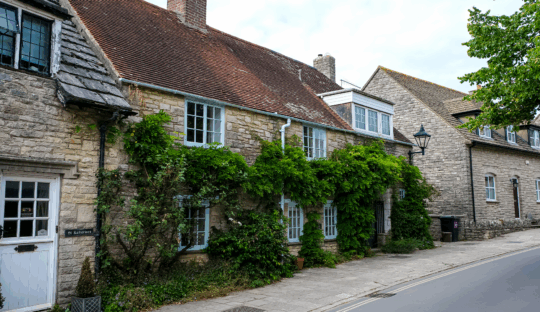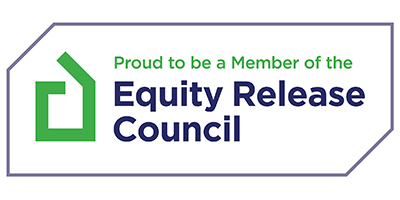In this article
The world of buy to let mortgages and property investments can be a fruitful one, allowing for landlords to earn additional profits from their properties. There are more than just standard buy to let mortgages, however, as there are multiple branches of this.
One of the more closely related ones is a let to buy mortgage, which you can read more about in our article about let to buy mortgages. There are also HMO’s, houses of multiple occupation and holiday let mortgages. The latter is what we are going to talk about in this article.
Holiday Let Mortgages
Explained in 42 seconds
Find more videos like this on MoneymanTV
What is a holiday let mortgage?
A holiday let is a variation of a buy to let, that see’s landlords renting out a home temporarily to tourists and visitors, during their travels to that location. Tenancies are typically short-term and there are usually plenty throughout the year.
Because of the nature of the industry that these types of properties are tied to, there will more than likely be periods of fluctuating income, as the holiday season dies down at various intervals throughout the year. This normally leads to much stricter mortgage lending criteria.
Am I eligible for a holiday let mortgage?
You will of course need to match up against this stricter mortgage lending criteria, in order for your holiday let mortgage application to be approved. It may vary from mortgage lender to mortgage lender, though generally the same criteria applies.
These are that you need to have at least a 25% deposit, a minimum income per year (on top of the rental income you will be making), a rental income that can cover your monthly mortgage payments (with additional margins to meet) and holiday home insurance.
The latter covers any possible booking cancellations or loss of income you could have. Holiday homes are typically seen as a much higher risk, as it is incredibly likely that there will be periods when you are not making much, if any income at all. As such, interest rates are typically higher.
Speak to an Advisor – It’s Free!
Schedule a free callback from one of our experts today.
- All situations considered
- Transparent and honest mortgage advice
- We search 1000s of purchase and remortgage deals
Our customers rate us 4.9/5
Are holiday let mortgages worth it?
This ultimately depends on how you weigh up both the pros and cons. They can provide additional income for you as an investment, with the added bonus of being able to charge even more when it is school holidays or peak seasons, as you will be high in demand.
Furthermore, there may be the possibility that you can deduct expenses on fully furnished holiday homes, though this varies. There may also be tax benefits, though there are also specific criteria to meet, to qualify for them. We would recommend speaking to a qualified tax advisor on this.
Additionally, whilst you may be able to charge more in peak seasons, buying a property in the first place may be a challenge in itself, as tourist hotspots usually come with premiums on property price. Even still, if you can get past that hurdle, you’d likely make more back on rent.
Interest rates can be a downside too, as you’re likely to be paying more on interest rates and potentially, depending on how many properties you own, more on stamp duty tax. Combined with the running costs, bills and general maintenance, and it can be quite costly.
Once again though, depending on where your property is and how much you are charging for it, especially in peak seasons, you may be able to lessen the impact of these factors. Still, when there are periods of downtime, you need to be able to make up the shortfall.
Speaking of downtime, this leads to one of the more appealing aspects of a holiday let. With a standard buy to let mortgage, you cannot live within your property. With a holiday let mortgage, you may have the option to enjoy holidays within your own holiday home, when you are not fully booked of course.
At the end of the day, it’s what works for you. Whilst there are plenty of costs involved, the potential for profit could outweigh these, with a place to relax in when some time is free.
How are holiday let mortgages different from buy to let mortgages?
A standard buy to let mortgage will be for a rental property and is offered usually to long-term secure tenants. Tenancy lengths are usually, at a minimum, between 6-12 months, with individual terms set by a landlord. The amount you can borrow, depends more on potential rent, rather than income.
On the other hand, holiday let mortgages will be intended for the short-term. A usual tenancy is around a month at a time and can lead to fluctuations in your income, as there will be off-peak seasons where securing a short-term tenancy may prove a little challenging.
In order to determine how much you can borrow, they will be looking at things like potential for rental income more in-depth (reviewing the various lettings seasons), as well as your personal income.







